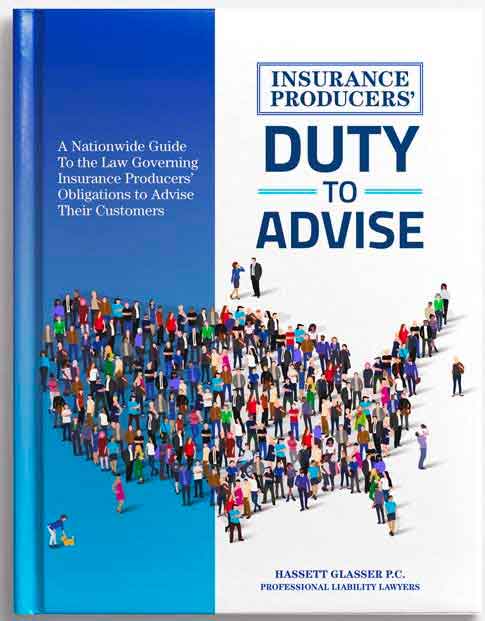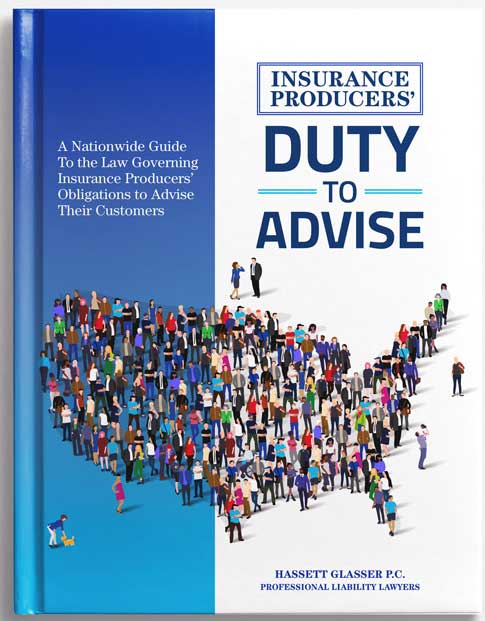Defending Arizona Professionals
An Insightful Ally For Experienced Professionals
Hassett Glasser, P.C., is an Arizona law firm dedicated to the defense of lawyers, insurance agents and brokers, and other professionals.
Your Partner In Professional Liability Defense
Decades Of Practice, Serving All Arizona Courts
Serving Arizona for over 25 years, we at Hassett Glasser have decades of experience handling civil and commercial litigation. Thousands of clients have entrusted us with defending their interests in insurance agent and broker E&O claims, insurance coverage and bad faith cases, legal malpractice matters, as well as in regulatory proceedings before the Arizona Department of Insurance and Financial Institutions and the State Bar of Arizona. From our Phoenix office, we serve all Arizona state and federal courts and counties as your partner in professional liability defense.
Firm Foundations,
Successful Solutions
When you are facing an insurance or legal malpractice claim, you need seasoned counsel you can trust to examine your unique situation with experience and expertise. At Hassett Glasser, we have the skills and insight necessary to build a robust foundation for your defense, and the confidence and capability to move it towards a successful resolution. To schedule a consultation, call 602-264-7474, or complete our online form below.
Insurance Producers’ Duty to Advise Book

In our newly updated nationwide survey of the law on insurance producers’ duty to advise their customers, Hassett Glasser analyzes applicable standards of care and associated liability trends in each of the United States, and in the District of Columbia.

In our newly updated nationwide survey of the law on insurance producers’ duty to advise their customers, Hassett Glasser analyzes applicable standards of care and associated liability trends in each of the United States, and in the District of Columbia.




